
In this lesson plan, students will embark on a journey to explore and understand the fascinating world of Moon phases. They will begin by sharing their prior knowledge and everyday experiences of Moon

This lesson and accompanying activity are designed to introduce students to the celestial coordinate system used for location objects and locations in the sky. This lesson will also introduce students
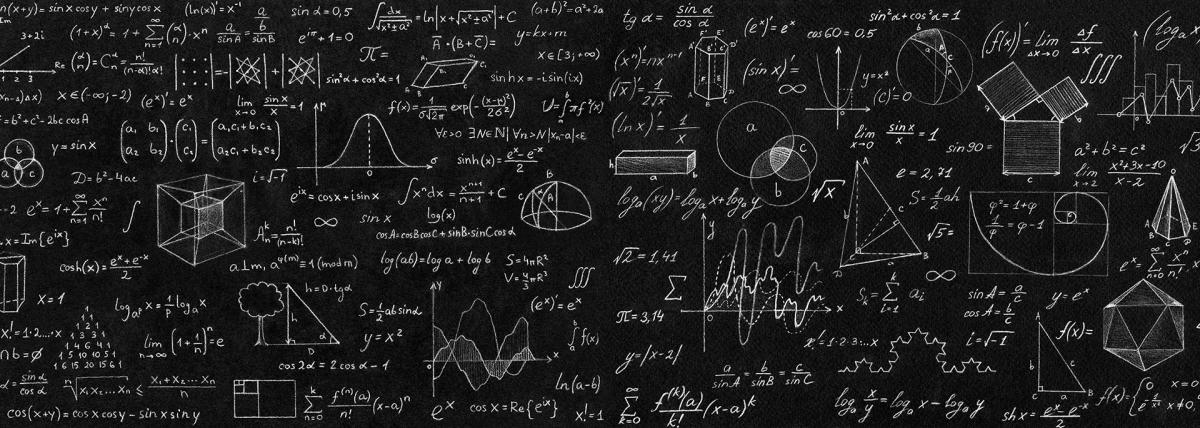
In this engaging lesson, students determine the period of rotation for the flying pig toy using formulas derived throughout the circular motion unit.

Studnets will be inspired to make a Lego Balloon car after listening and watching about lego cars. Students will be amazed as they engineer their very own Lego cars and making them move using a

This lesson is designed for students to explore the idea of natural selection using a popular food item: goldfish crackers! Students explore the idea that populations of organisms can be affected by

Classes will build three different types of rockets, guess which style will have the highest altitude, launch and calculate results based on right triangle math!
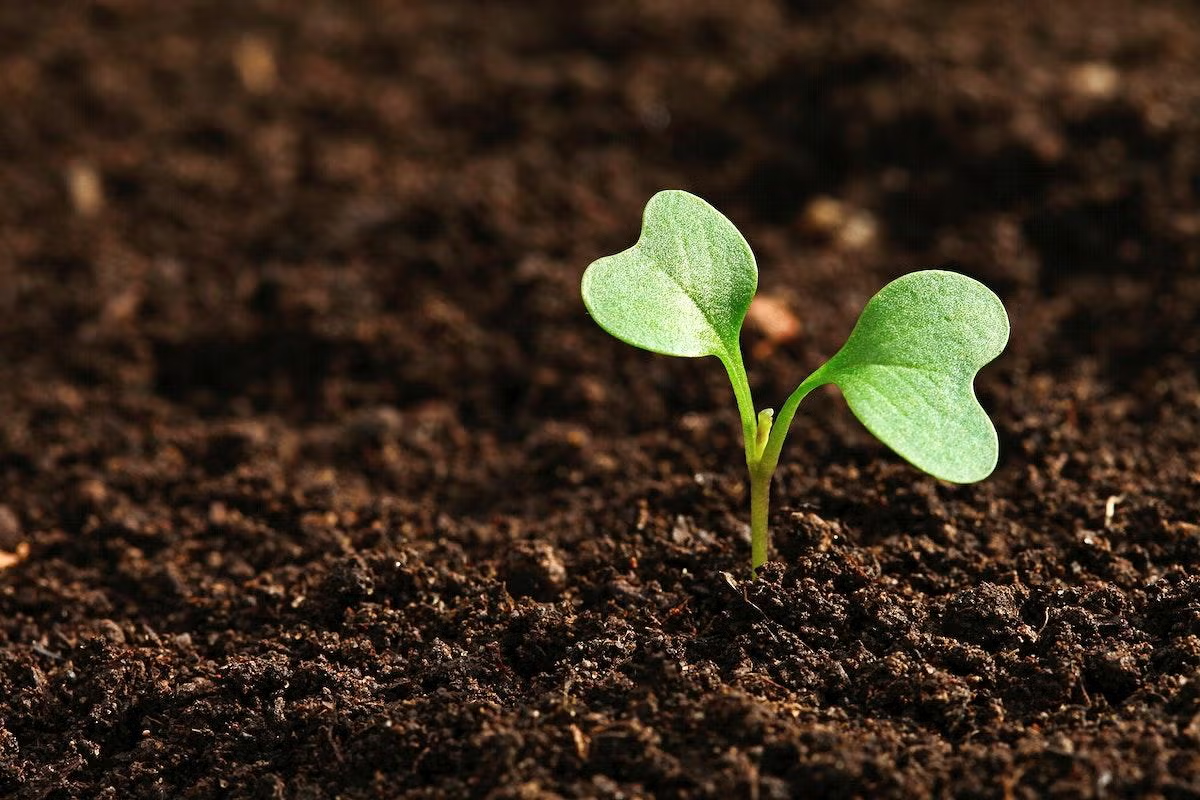
In this 7 week unit, students will utilize resources around them to create a garden for a culminating taco party! Students will work on science, math, and ELA within the unit. Feel free to host this

Students will learn how robots help complete repetitive tasks for humans. Robots use a series of steps that are programed into their circuits. It must be done systematically and include each step, in

Engage your students in this read-aloud lesson, integrating ELA, Math, and Computer Science. With prompting and support, students will be able to ask and answer questions about key details in a text

In this lesson, students will watch a video discussing how birds have different beaks depending on what they eat. Students will then have the opportunity to examine the differences in chickens and
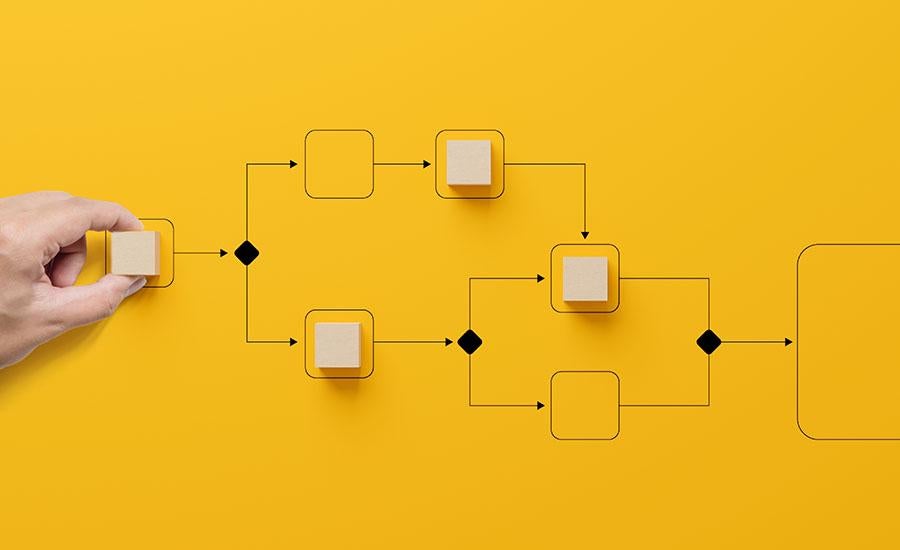
In this hands-on lesson, students match a subitize card to the corresponding number using a Bee-Bot. Students may work in small groups of 2-4 to program an algorithm on the Bee-Bots. They will be able

Bee-Bot is ready for math! In this engaging lesson, students break apart numbers and make different combinations of numbers to make a whole number. Students will be using a Bee-Bot to code and show

This lesson discusses winter weather and snow. We will create a recipe for “snow” following step-by-step directions that includes an addition math problem. Student will be responsible for measuring

Mad For Magnets is a lesson plan for K-4th grades. Scholars will learn about magnets, how they attract and repel, north and south poles to apply to the assigned challenge. Scholars will design and

Go through different STEM, reading, and writing activities with Roz and her friends in The Wild Robot. Students will problem solve, participate in discussions, and learn about artificial intelligence

This lesson plan describes the different process points of construction of a Truss Bridge and why these bridges are useful. This lesson plan includes objectives, assessments and some samples of Truss

This lesson will take your students through the process of making a lunar phases flipbook. When flipped it will be animated and look like the moon going through each phase. Students will learn the

This lesson plan focuses on the use of several materials to create a rocket and a launcher. Remodel the rocket as needed to validate Newton’s third law of motion and projectile motion.

This lesson is about basic school/home gardening. The lesson involves Science, Math, Technology and Engineering content. Students will be taught how to make basic gardens. They will need seeds, garden

Engineers often create small-size models of a new product to test its design. This is especially true with airplanes. Model testing tells engineers how a design responds to different air conditions
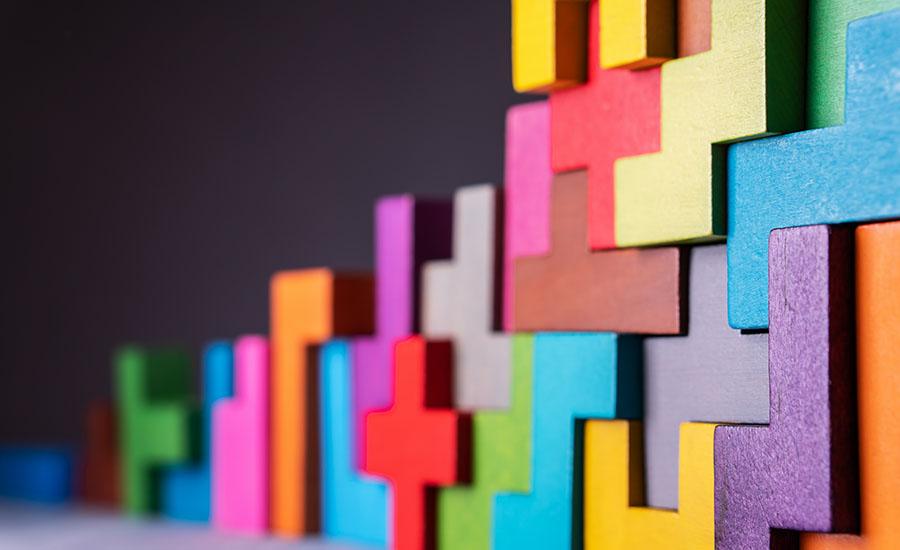
Students use large building bricks to practice computational thinking, direction giving and being specific in those directions. This lesson can be completed in one 30-45 minute class session. This is

This lesson plan involves dilation and scale factors and how the human eye perceives 3D when it only uses 2D images. The hand-on activity is a perspective drawing of a city scape and teaches about

In this lesson students will identify the four seasons. They will then explore how trees change with the seasons and how that impacts what humans wear and act. Students will also count to four and
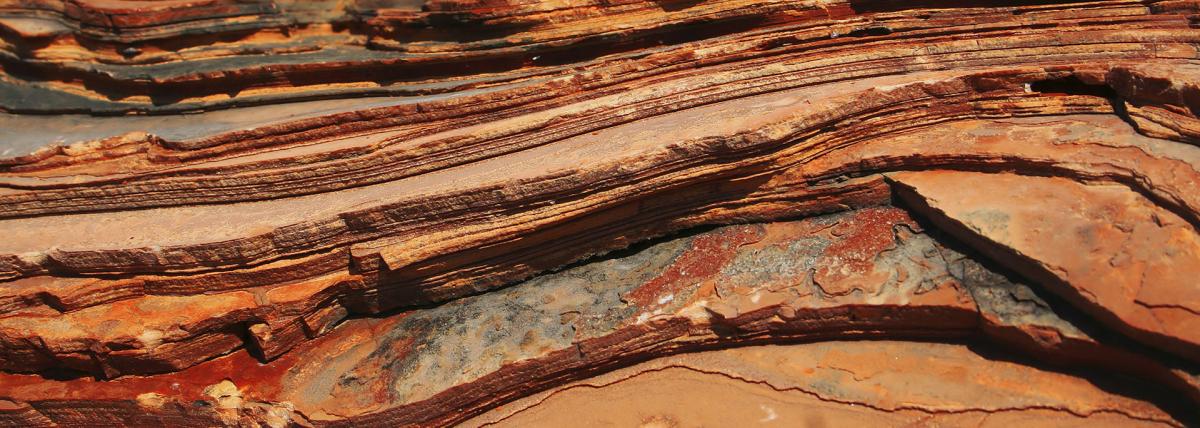
Designed for three hour-long STEAM Club meetings for scholars from kindergarten - fourth grade. This lesson plan can also be used for fifth-seventh grade scholars. Scholars will learn about


